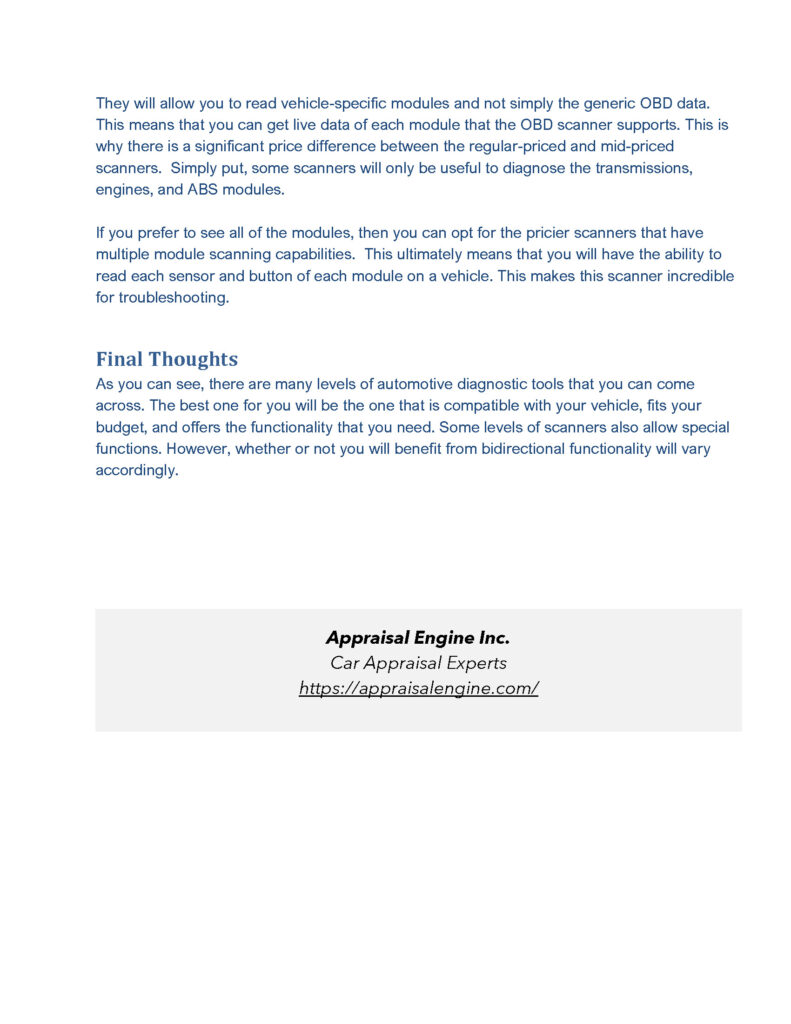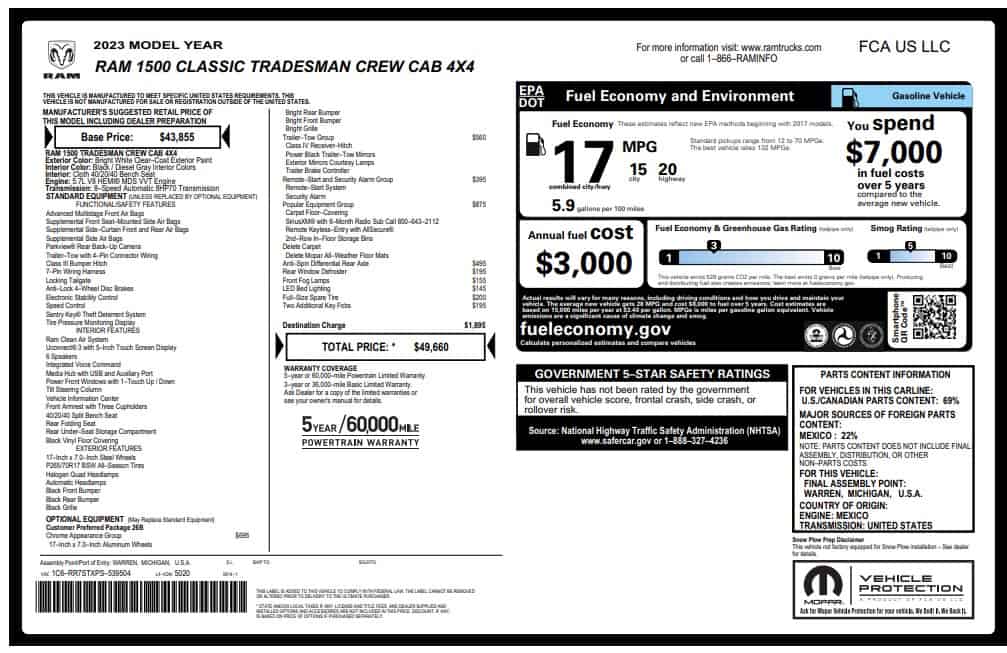How to Choose the Best Automotive Diagnostic Tool (PDF)
When choosing the best automotive diagnostics tool, most car owners are unable to pick one that suits them the best. This is usually because most car owners do not understand the functionality that they are trying to get in order to diagnose the specific issue in their vehicle. Whether you need something simple or you need a scanner with more functionality, it is important to know the difference between them.
Budgets:
It is important that you pick a scanner that benefits you without blowing your budget. To start with, you need to talk about budgets. AN automotive scanner can range anywhere from $15 for a simple OBD2 scanner, to thousands of dollars for an advanced diagnostic tool. This begs the question of how much you should spend on a diagnostic tool.
To answer this question, you need to first figure out what job is at hand. If the dealer is about to charge you 200 dollars to register a new battery, then you can easily spend the same amount on a scanner and diagnose your car without paying labor charges. Generally, a decent vehicle-specific scanner should be around $100.
Different Scanners and what they can do:
There are three different categories when it comes to scanners. The first scanners are the cheapest ones, and they are generally used for automotive diagnostics. You can expect these scanners to be anywhere between $15 to 50 dollars. These scanners allow you to scan OBD2 generic codes, see OBD’s PID’ which is basically live data and it can also usually check if the car will pass emissions.
The more expensive ones will allow you to graph this data and display multiple items at once. These scanners will support any vehicle that possesses OBD2 compatibility. The mid-range priced set of scanners is one that you can consider as enthusiast-level scanners. These scanners will do everything that a regular OBD2 scanner will do, along with additional functionalities.
They will allow you to read vehicle-specific modules and not simply the generic OBD data. This means that you can get live data of each module that the OBD scanner supports. This is why there is a significant price difference between the regular-priced and mid-priced scanners. Simply put, some scanners will only be useful to diagnose the transmissions, engines, and ABS modules.
If you prefer to see all of the modules, then you can opt for the pricier scanners that have multiple module scanning capabilities. This ultimately means that you will have the ability to read each sensor and button of each module on a vehicle. This makes this scanner incredible for troubleshooting.
Final Thoughts:
As you can see, there are many levels of automotive diagnostic tools that you can come across. The best one for you will be the one that is compatible with your vehicle, fits your budget, and offers the functionality that you need. Some levels of scanners also allow special functions. However, whether or not you will benefit from bidirectional functionality will vary accordingly.







